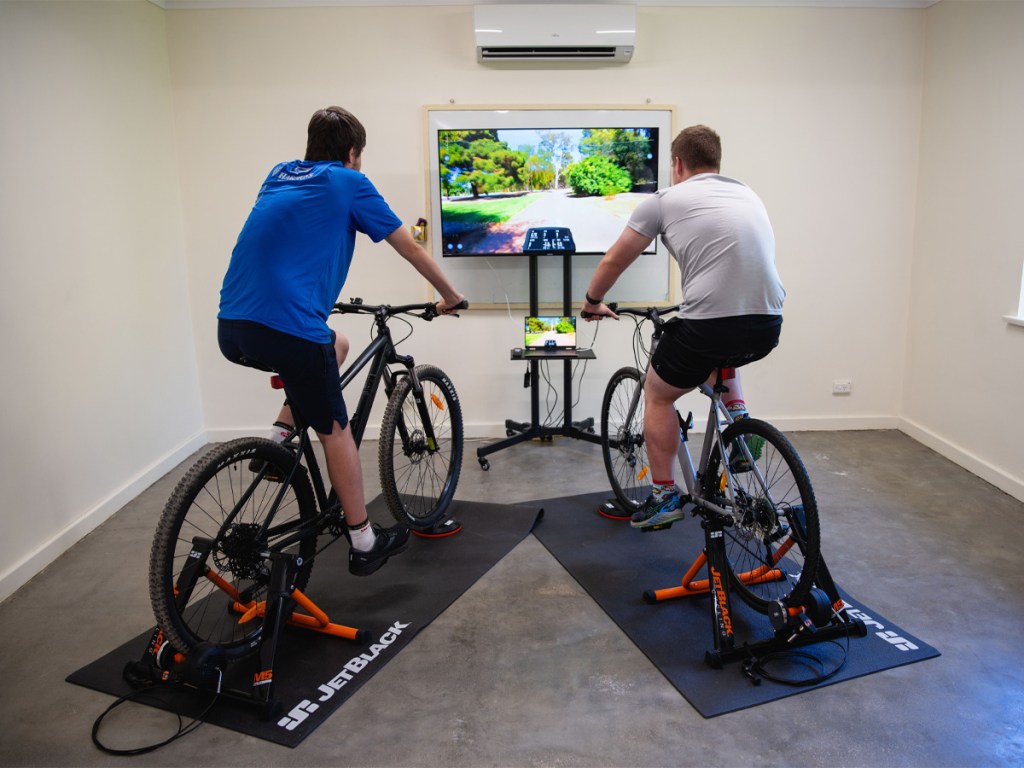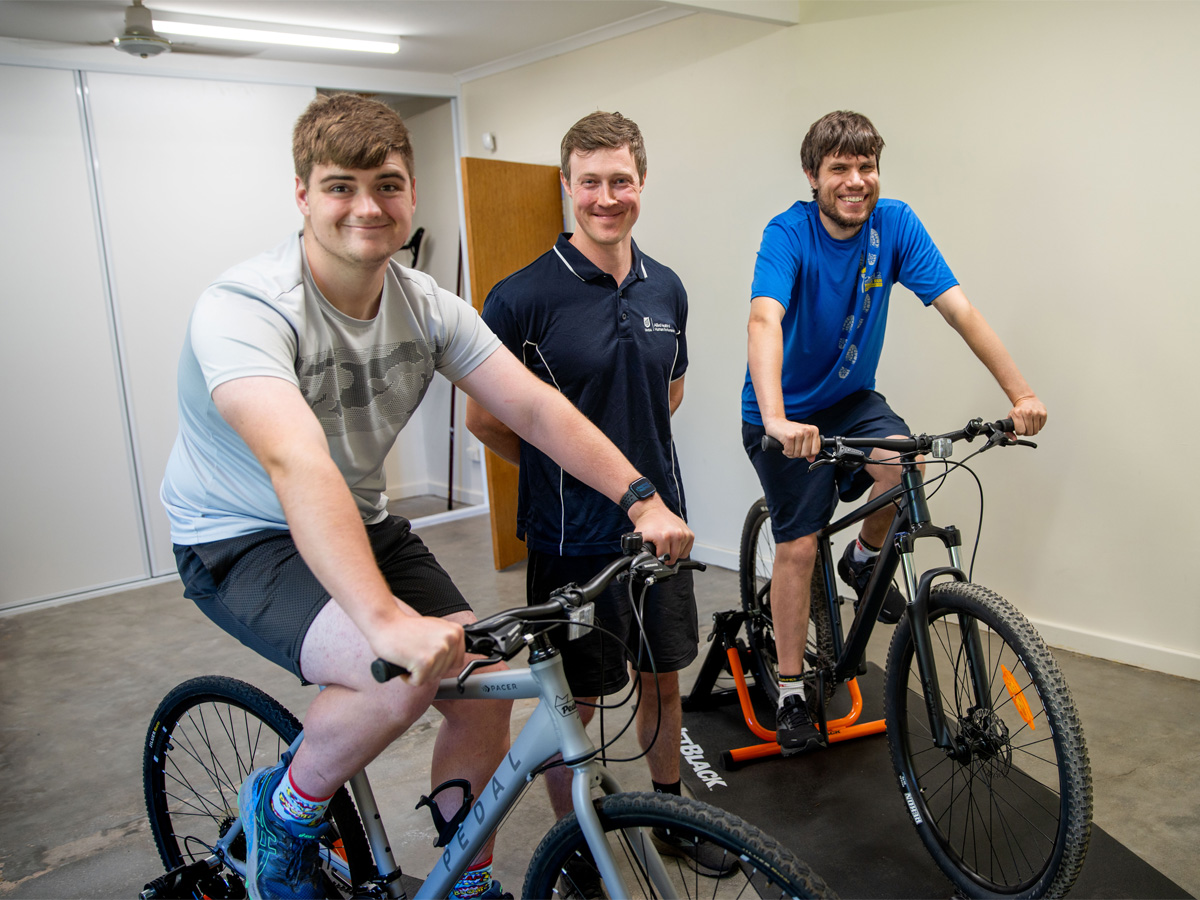There is more happening in cycling than the Santos Tour Down Under, with 20 young adults with intellectual disability changing gears in South Australia too.
The group recently learned to cycle with the help of the University of South Australia, Bike SA and local NDIS-supported organisations including Barkum, Novita and Minda, that are providing cycling sites. “They run the classes in their facilities, using our provided equipment and guidance, for any of the people that they work with, or employ, to participate in if they wish,” UniSA exercise physiologist Dr Patrick Faulkner told F2L.
The cyclists are using an indoor fluid trainer to provide pedal resistance and simulate real life cycling conditions, integrated with immersive virtual reality footage of local bike riding environments and are fitted out with appropriate gear and safety equipment to learn how to handle a bike confidently with minimal risk.
“Not only has it improved their motor and cognitive skills but increased their physical activity and social connections with other able-bodied people in community cycling groups,” Faulkner said.
Group rides are now being organised at various reserves and parks around Adelaide, a feat not possible two years ago.
“The riders progress at different rates and are not pushed into joining community bike rides until they feel confident and ready to move from the indoor fluid trainer to outdoors,” UniSA Associate Professor of Disability Caroline Ellison said.
“Fluid trainers are used with VR to enable cyclists to specifically practise riding routes they would like to tackle, for example, riding from home to work. These are used in place of static indoor exercise bikes to train the participants as the latter do not replicate real life cycling.”

According to researchers, practising on a static exercise bike in an unnatural environment is unlikely to give riders the skills to successfully navigate around the streets with other cyclists. The integration of VR and a fluid trainer is the most effective and safest training method for people with an intellectual disability looking to bridge the big skill gap that exists between riding on an exercise bike and riding outdoors.
Photo: Lachie Kelly, Dr Patrick Faulkner and Lachy Woollett

